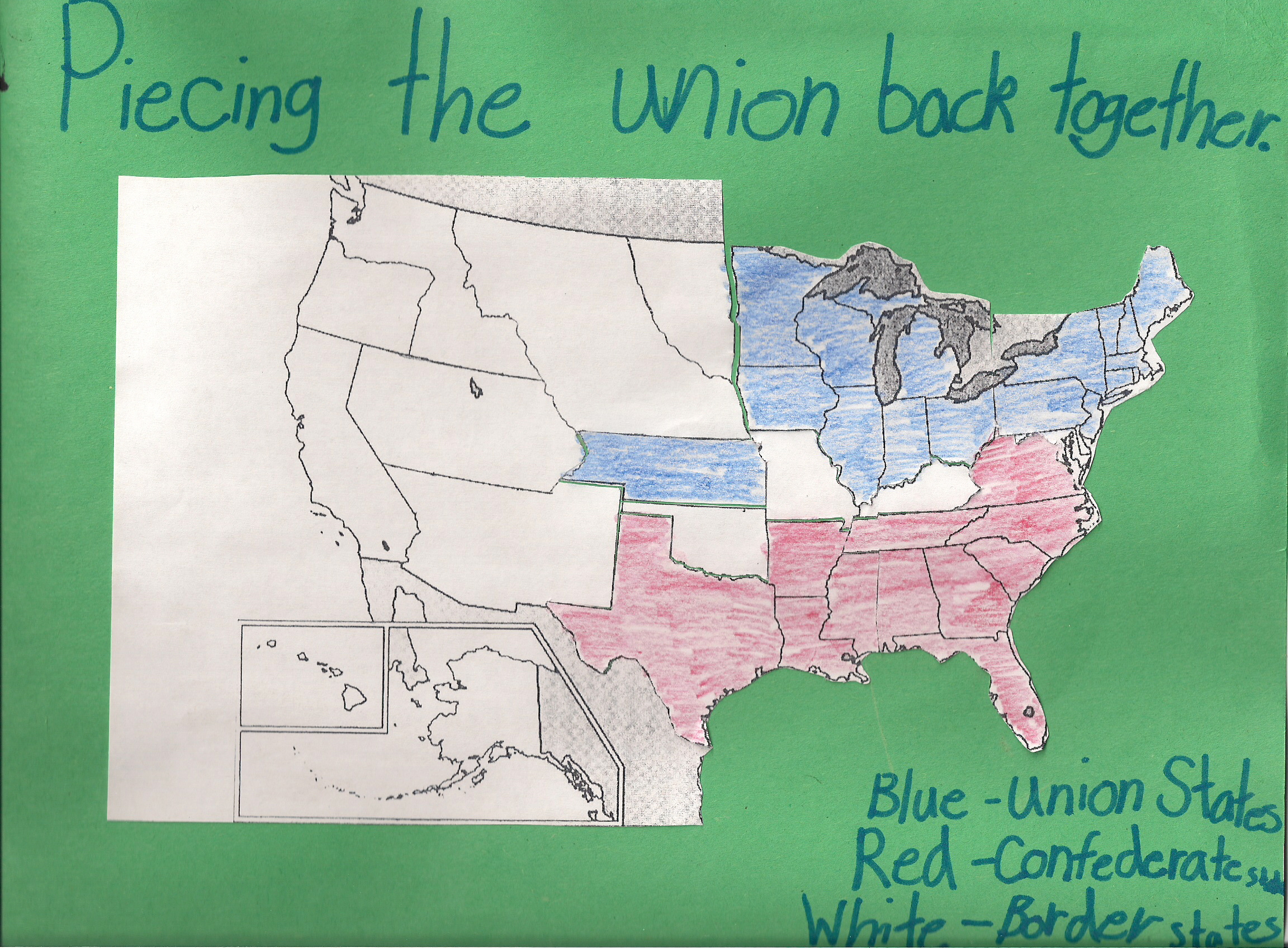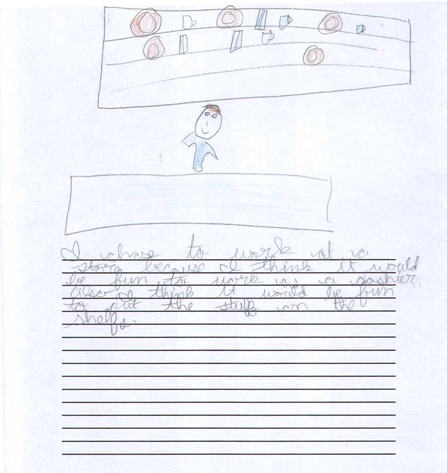
Scope
and Sequence
Lesson Plan 1:
Topic: “How did Abraham Lincoln earn money growing
up?”
Objective:
Students
will read and learn about how Abraham Lincoln
earned money by working many different jobs growing up. Students will
understand the relationship between amount of work and money he earned.
Students will demonstrate an understanding by choosing which profession
they
would choose out of those jobs and then write a short paragraph about
why they
chose the job they did and illustrate it.
Purpose:
Students
will learn about jobs Abraham Lincoln had
growing up and how he earned money. Students will appreciate the hard
work
Abraham Lincoln did while trying to support himself and his family.
Procedures:

Lesson Plan 2:
Topic: “Why is Abraham Lincoln on the Penny?”
Objective:
Students
will read a short story and learn some of
Abraham Lincoln’s accomplishments. Students will understand the
relationship
between amount of work and money he earned. Students will demonstrate
an
understanding the honor of Abraham Lincoln and create their own penny
and
decide what symbol they think should be on the back.
Purpose:
Students
will demonstrate knowledge of Abraham
Lincoln growing up and how he appreciates money. Students will
understand the
value of money now compared to
Procedures:
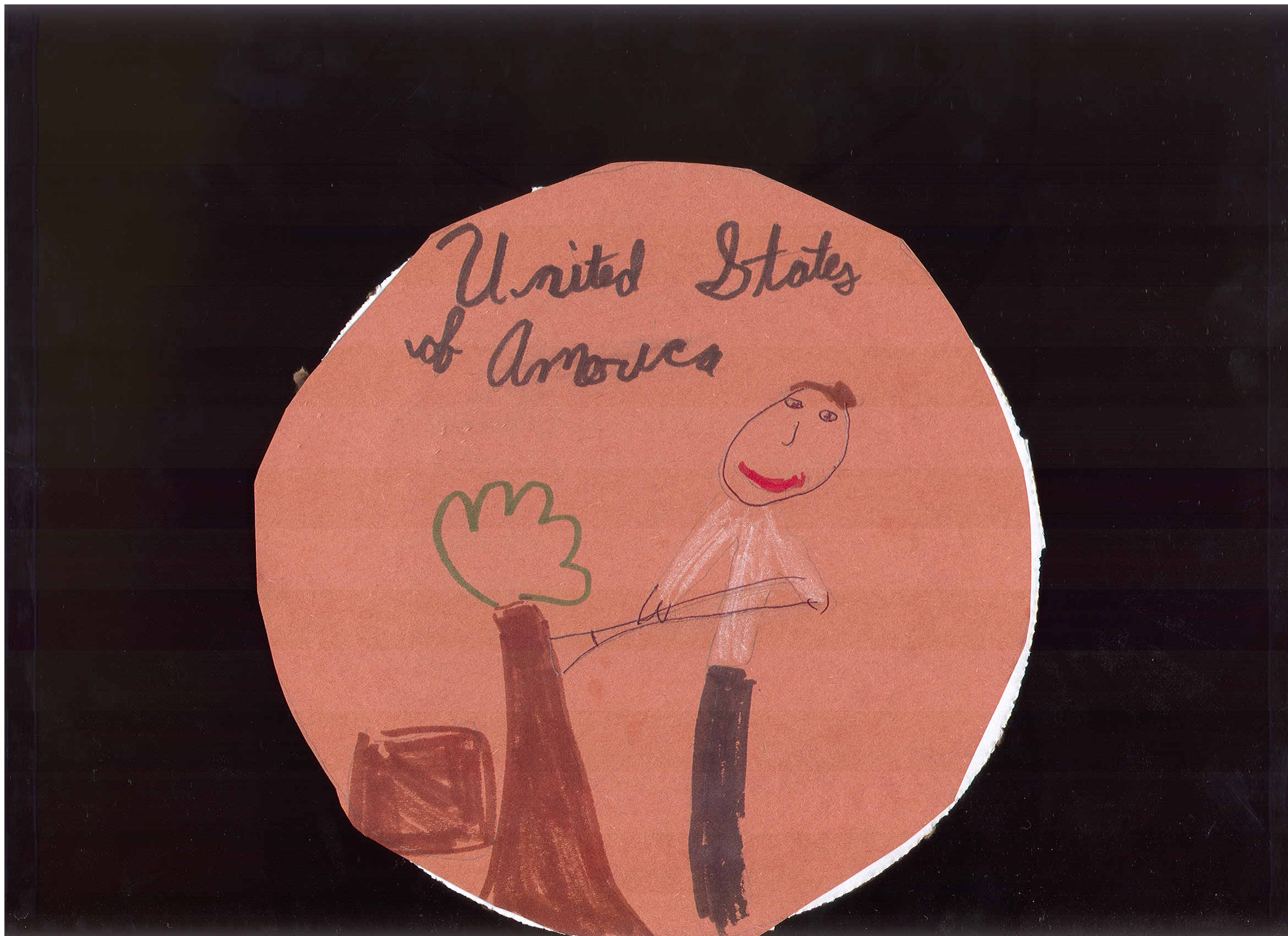
Lesson Plan 3:
Topic: What role
did the economy play in
Objective:
Students will
learn by
listening to facts about Lincoln’s journey westward from Kentucky,
through
Indiana, and eventually settling in Illinois until becoming president
of the
United States and moving to Washington D.C. Students will learn the
term
economy by reading its definition and writing the word out on a
separate piece
of paper and what the word means in their own words. The students will
understand the role the economy played in the
Purpose:
Students
will learn about all the different locations
Procedures:
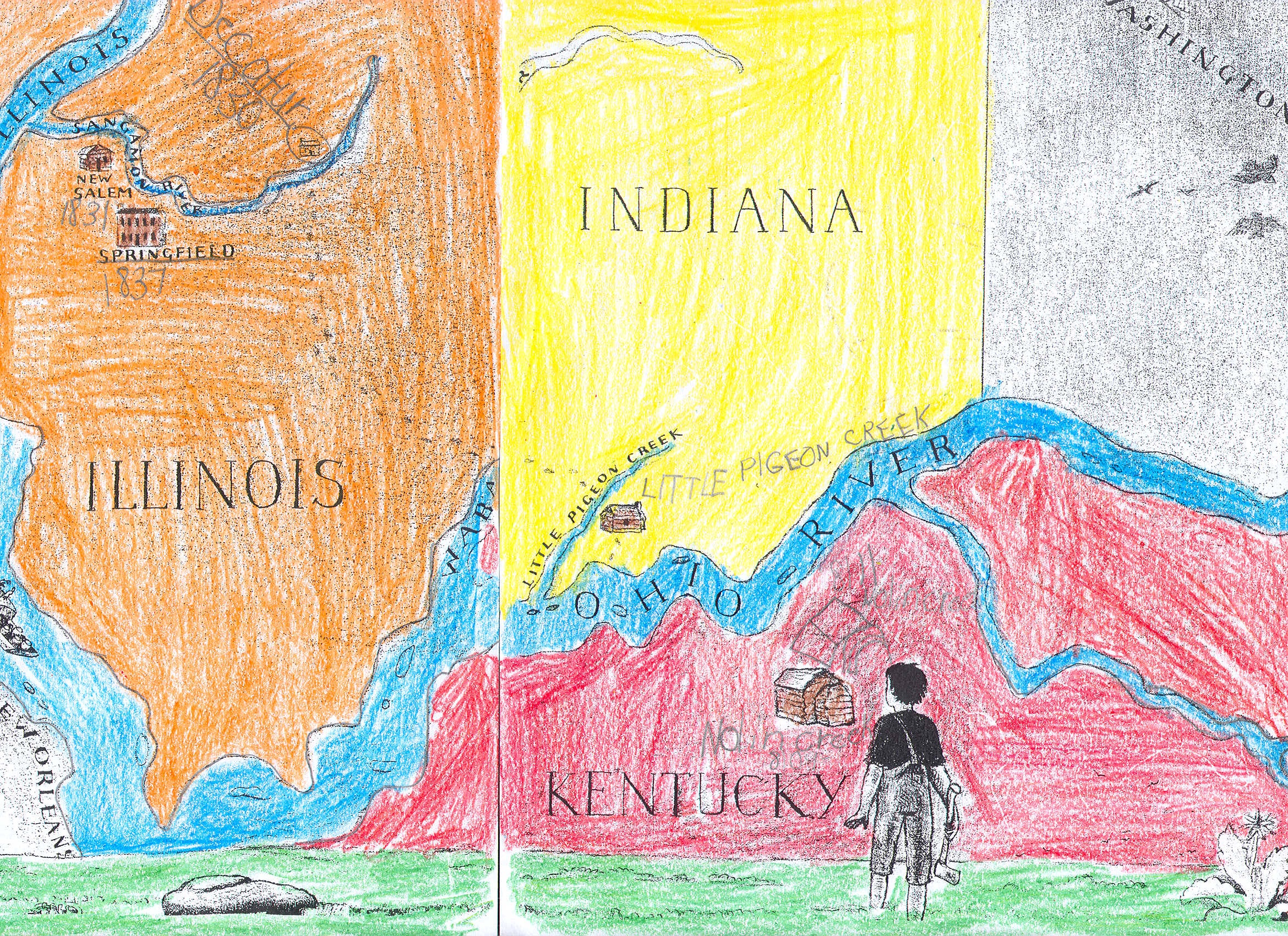
Topic: “How were new
states made?”
Objective:
Students will demonstrate knowledge of what made a state a state and how state lines were divided into counties, townships, and cities. Students will demonstrate an understanding of the purpose of taxes.
Purpose:
For students to understand
the process
states went through to enter the
Procedures:
1.
Students
will learn the difference between colonies, territories, and states.
2.
Students
will demonstrate knowledge of how states are divided into counties,
townships,
and cities.
3.
Students
will play “store” with M&M’s and demonstrate how taxes apply to
sales, and
how they circulate from consumer to the government.
4.
Students
will discuss the expansion of the
5.
Students
will color designated new areas of
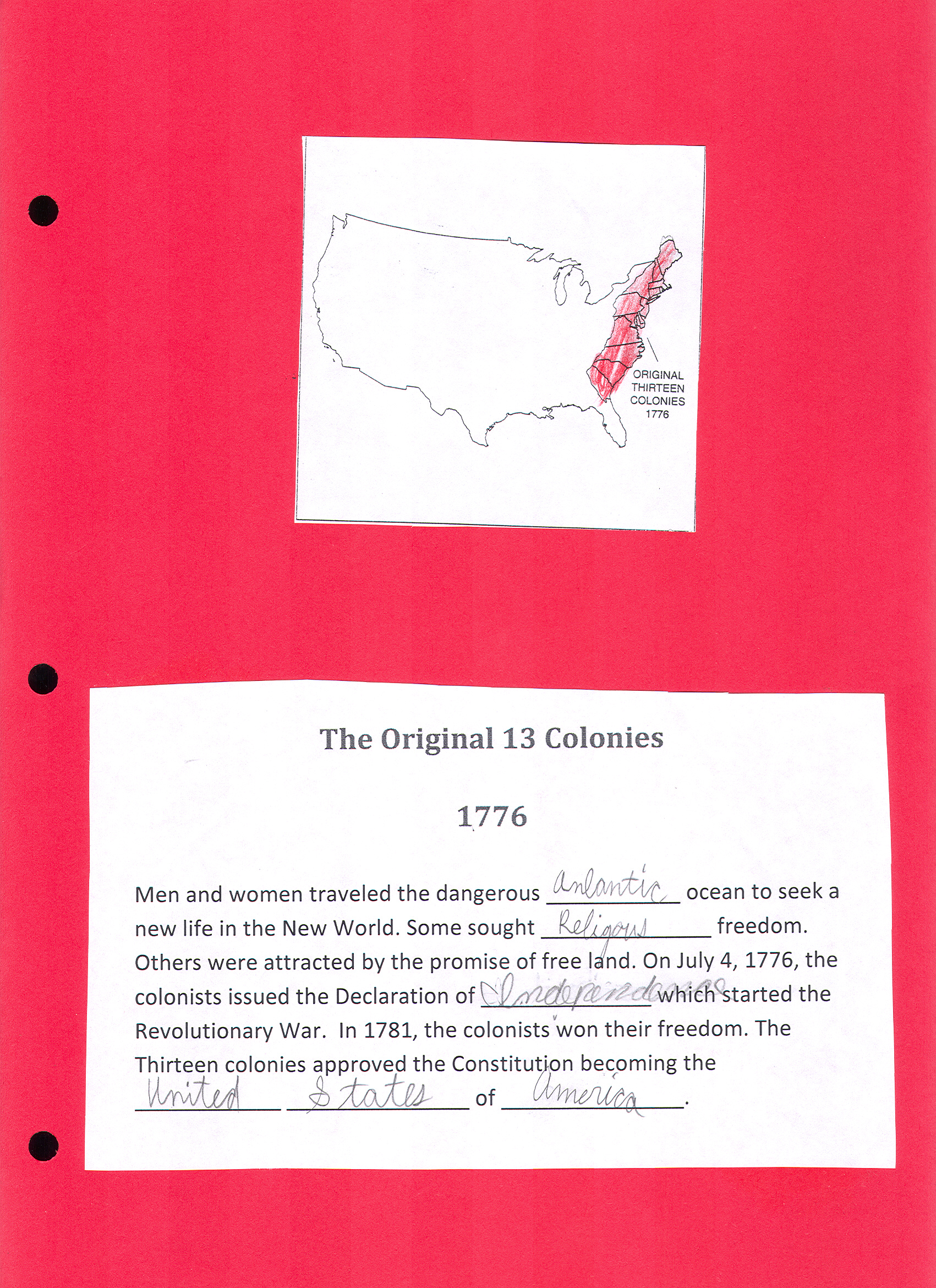
Lesson Plan 5
Topic: “From Farms to
Factories”
Objective:
Students will demonstrate
knowledge of
what happened to industries during the civil war. Students will be able
to see
the changes that were happening in
Purpose:
For students to
understand why
factories were important during this time. What did they make and who
could
afford it? Students will learn about who ran the factories while men
were at
war. Students will learn about cotton mills, John Deer plow, and
manufacturers
of guns for the war to get a better idea of the economy during
Procedures:
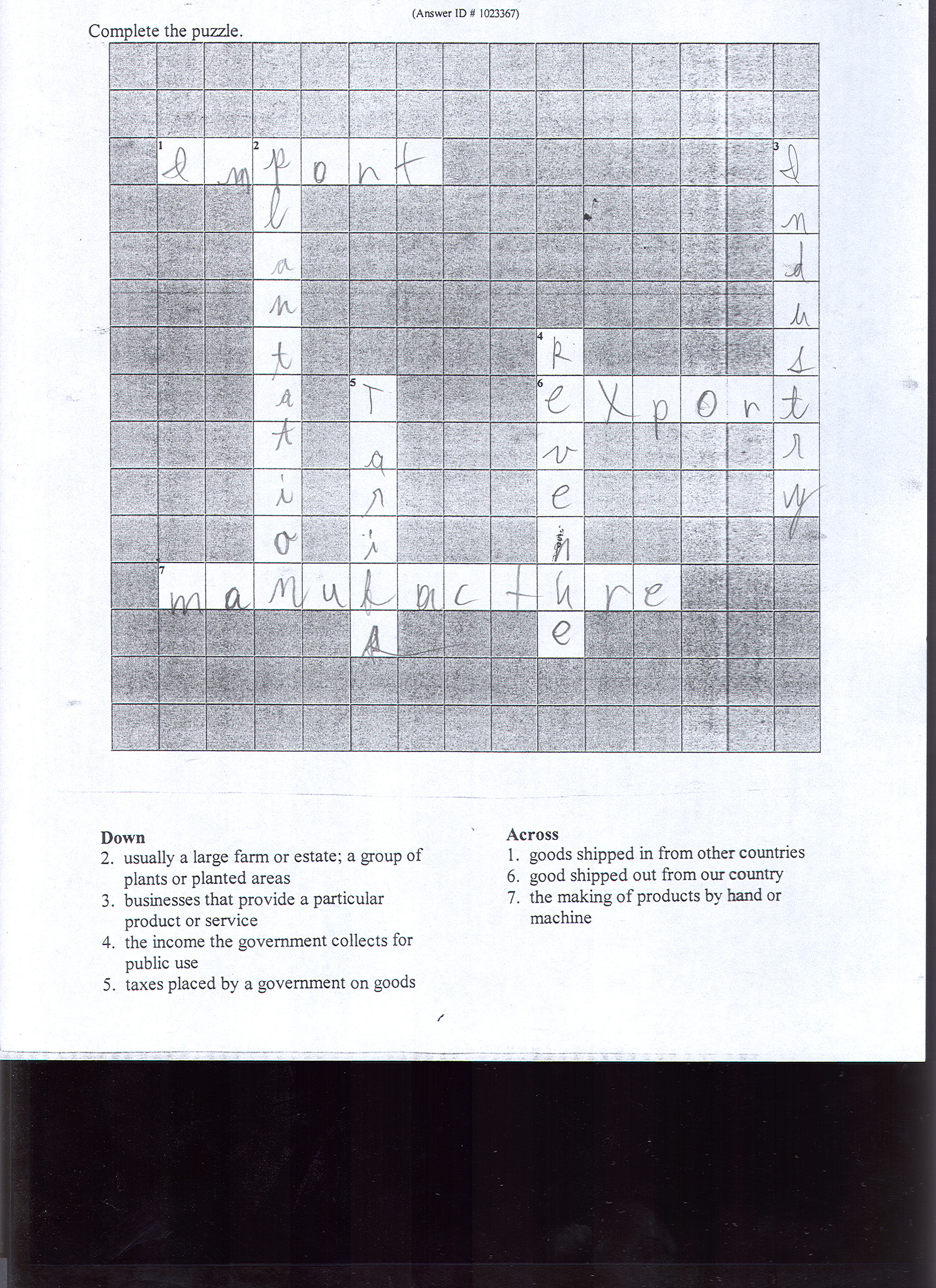
Lesson Plan 6
Topic: “Economy of
Reconstruction”
Objective:
When presented with facts
and data about
the economic situation facing Southern farmers and freed slaves after
the Civil
War (Reconstruction period), students will demonstrate their ability to
think
what it was like to find a job after the war (both white men/ women and
newly
freed slaves).
Purpose:
For students to
differentiate between the
states of Southern Farms before and after the Civil War, especially in
terms of
reconstruction. Students will understand that while conditions
for freed
slaves and southern farmers after the Civil War were not especially
great in
terms of finances, they were a better option to slavery.
Procedures:
